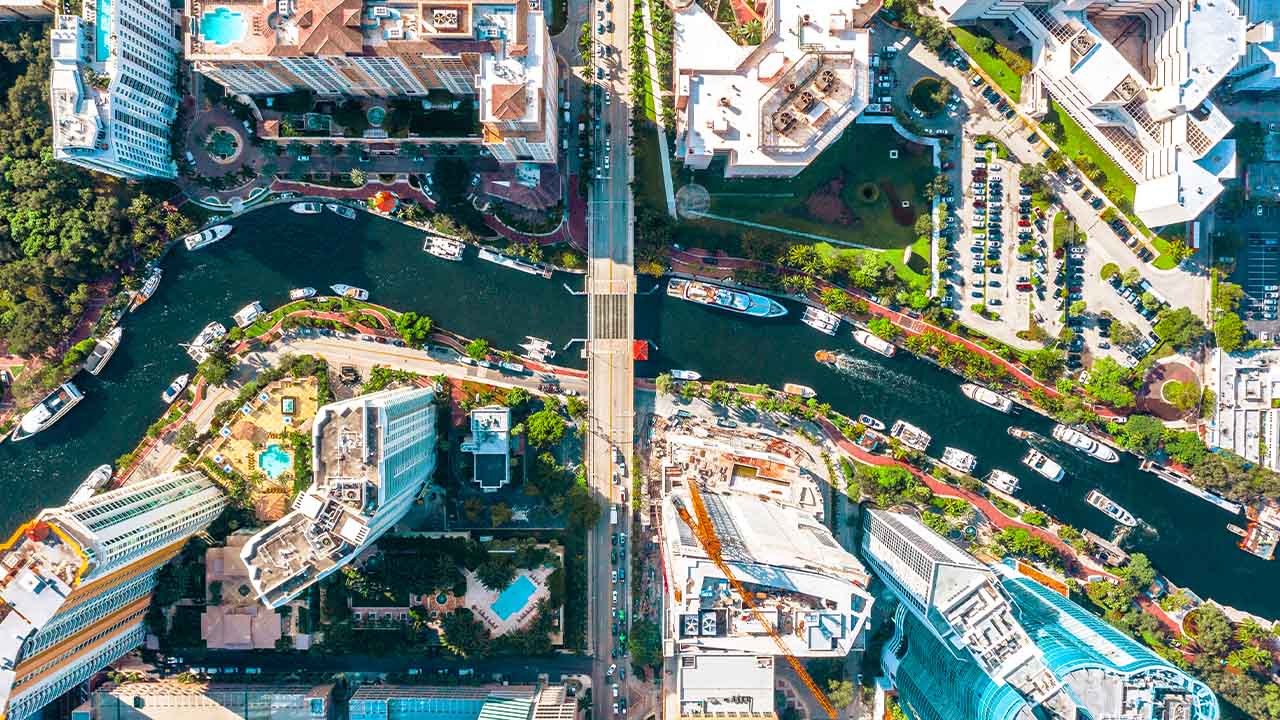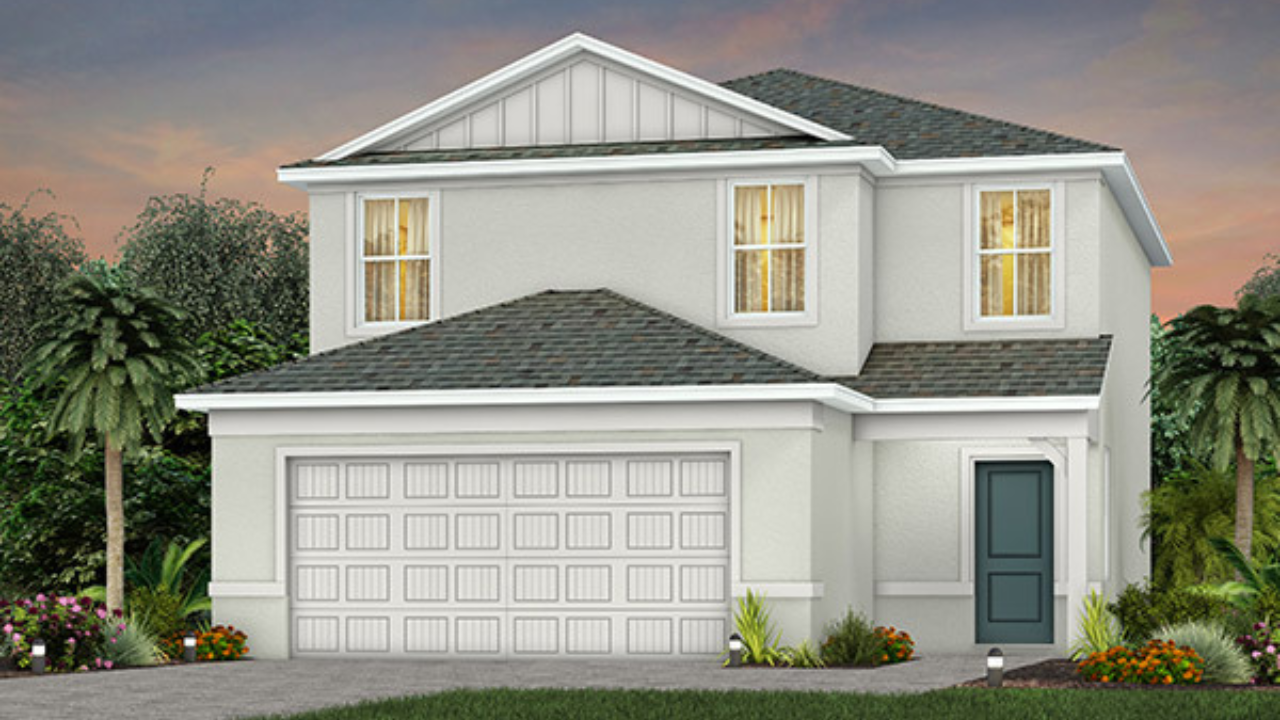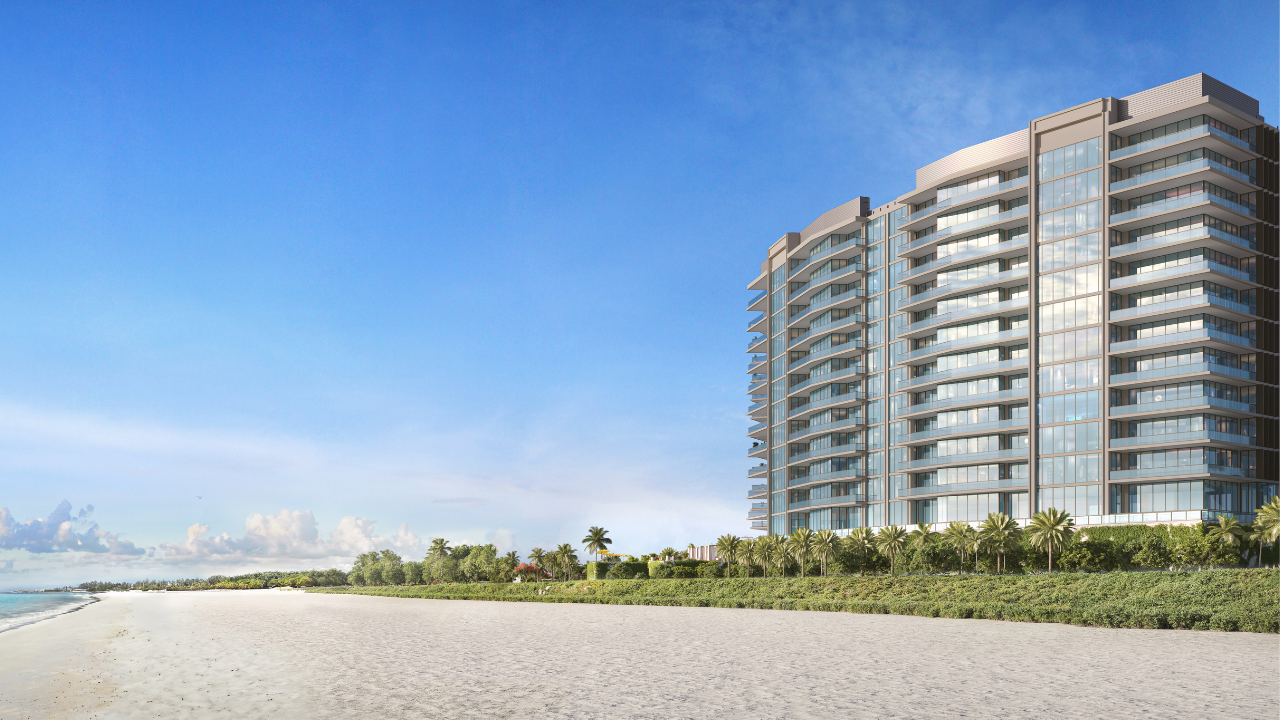Some people used to joke that downtown Fort Lauderdale’s only high-rise was the city’s finger to the world. While that was true when One Financial Plaza opened in 1972, there has been a rapidly developing skyline in the past 52 years. What was once a sleepy downtown area with few residents has boomed, with office buildings, apartments, condominiums and mixed-use projects.
It’s nowhere near completion.
A report by the city in July said the downtown area has 17,663 residential units, 684 hotel rooms, 256,121 square feet of office space and 563,392 square feet of restaurant/retail space approved or under review. That doesn’t include the potential redevelopment of the current federal courthouse or Broward County Government Center sites, which will get new homes in the next few years.
Among real estate markets to watch nationally, Fort Lauderdale ranked 21st, just behind Las Vegas, in the 2024 Emerging Trends in Real Estate report by PWC and the Urban Land Institute. It falls into a select category of 18-hour cities, which also includes Charlotte, Denver, San Diego, Minneapolis/St. Paul, Salt Lake City, Denver and Portland, Ore.
These cities continued to fair relatively well during the pandemic-induced recession and attract in-migration due to lifestyle, workforce quality and development opportunities, according to ULI interviews. Measured by per capita gross metropolitan product, workers in the 18-hour cities category are the most productive of any subgroup in the report’s Magnets category.
There was a sense among many sources for this article that Fort Lauderdale has emerged out of the shadow of Miami and Palm Beach. Its central location in a fast-growing region with Brightline service to downtown is a major plus.
Long Time In the Making
One of the best perspectives on downtown’s growth comes from Jenni Morejon, president and CEO of the Fort Lauderdale Downtown Development Authority.
It’s a story that’s 97 years in the making. She sent a copy of a 1927 article about Richard Schermerhorn Jr. being hired as the first city planner when the concept of urban planning was in its infancy. The DDA developed an urban renewal plan in 1977 when there was little housing in the downtown area and much of the shops on Las Olas Boulevard closed for the summer.
The DDA carried out a state-approved redevelopment plan, purchasing about 13 acres that included the future sites for the Broward Center for the Performing Arts and the Museum of Science and Discovery. Most of the land was returned to the public sector, but the DDA still has Huizenga Park, which is getting a major upgrade.
Changes in zoning and land use in the late 1980s and 1990s allowed greater densities, heights and different types of uses, including the residential component that was lacking before, Morejon says.
There were some bumps in the road. Some of the projects in the early 2000s seemed too bulky and didn’t make the street life feel vibrant, she says.
In 2003, the DDA worked with the city on its downtown master plan, which resulted in much more slender towers because they step back at height increases, she says. There was increased focus on better streetscapes, which is evident in the multifamily area east of Federal Highway in Flagler Village. It feels like a neighborhood.
The Right Mix
That hasn’t gone unnoticed by developers who are national in scope.
“You get a lot of the assets and amenities of a big city, but it’s still very approachable. It’s still very compact downtown … only about a two-square mile area,” Morejon says. “It’s surrounded by incredible, diverse neighborhoods with historic and cultural significance, billionaire homes, but also all connected. You don’t see that in a lot of other cities. I think Fort Lauderdale appealed also to institutional money and investors that would typically just look at Miami. They saw, especially in the past 10 years and more so in the past five years, that people really wanted to be somewhere where they felt that they could fully live and enjoy and kind of live like a local, which is what we say.”
About a year and a half ago she noticed numbers that said about half of all the trips being made on Brightline involved people either getting off or getting on trains in Fort Lauderdale. She concludes that many residents are commuting, which provides future opportunities.
“We need to have more Class A office buildings. We need to continue to bring the jobs here because the talent’s already here. About half of our population is 24 to 45 in downtown. The population has effectively doubled in the past 10 years or so, and people want to stay here, so we need to keep bringing those high wage-earning jobs to downtown so they can stay close to their jobs,” she says.
Brightline has helped foster development west of the Florida East Coast Railway. Broward Boulevard is poised to emerge as a dramatic new gateway to the traditional downtown as a list of projects in a sidebar to this story shows. One of the big questions is whether a tunnel or bridge will be built under or over the New River. The city has been advocating for a tunnel while the county has initially leaned toward a bridge. More studies are being done.
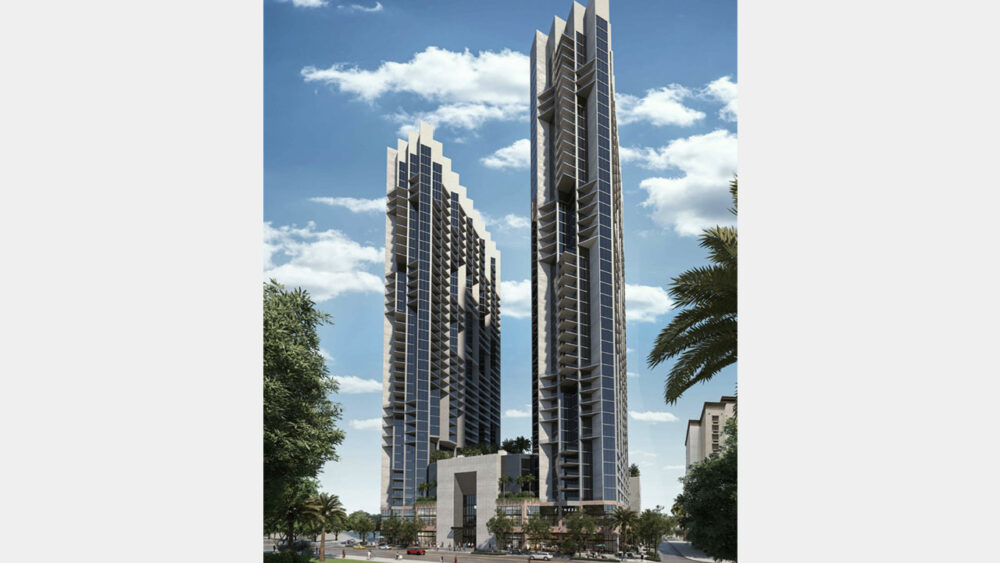
High-Quality Residential
One of downtown Fort Lauderdale’s big advantages is having high quality residential neighborhoods while many cities struggle with blight near downtowns, says Charles Ladd, a developer who is chairman of the DDA. He moved here in 1984 when he was 24.
“One of the reasons I came down here and bought into this for most of my career was because most downtowns are surrounded by bad neighborhoods – it is just the nature of how a city grows,” he says. “They start in the middle and the city grows out like rings on a tree. The downtown stays good because there’s so much investment, and that’s where the government is and where the large employers are historically. But the next rings are the oldest product. Then, people leave to go to the next thing and go to the suburbs. So, they often turn into slums.”
The Las Olas Isles and Rio Vista have long been among the city’s most fashionable neighborhoods and Victoria Park has gained that status since Ladd moved here.
Ladd and his partners have a string of projects and properties along North Federal Highway. His first project was the retail plaza at the northwest corner of Federal Highway and Broward Boulevard, which opened in 1994. Subsequent projects have included Victoria Park Shoppes (home to Winn-Dixie), Fresh Market and Paradise Bank.
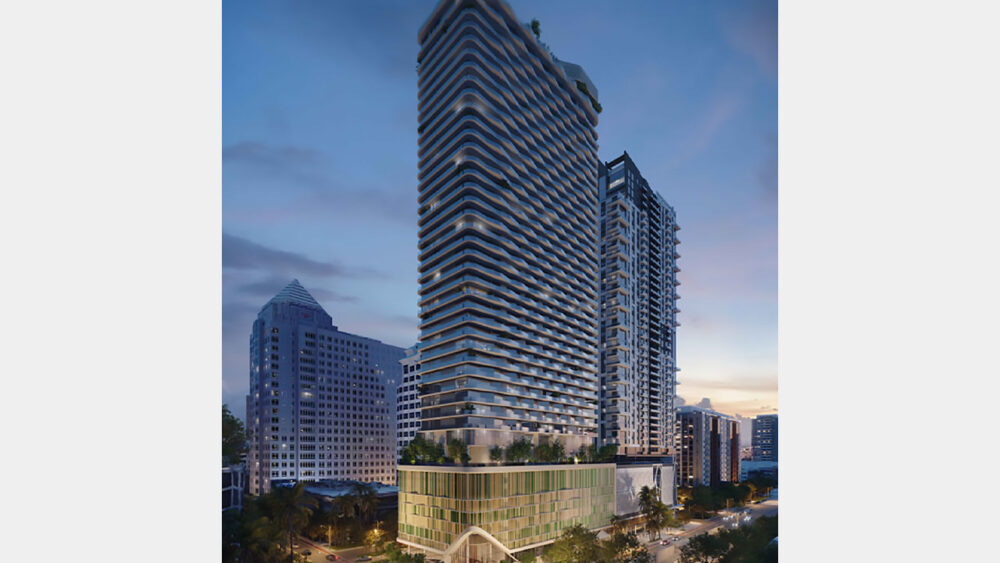
Risk Takers Win Out
Developer Peter Feldman was ridiculed for assembling parcels on the west side of Federal Highway by power brokers who envisioned south of the river as a bigger hotspot, Ladd recalls. Feldman’s vision proved correct before he passed away in 2021 and he has a park named in his honor.
Ladd still has projects to pursue on Federal Highway and is also developing The Whitfield, which aims to be a five-star luxury hotel at 1007 E. Las Olas Blvd.
Another pioneer in Flagler Village has been Jaime Sturgis of Native Realty, who describes what the neighborhood used to be like when it first caught his attention.
“Still a lot of industrial, still a lot of 1950s, 1960s vintage multifamily that had really been ignored — it hadn’t been invested in. As a result, a lot of the neighborhoods still had kind of that crime and drug influence going on, which is obviously a barrier to entry as far as trying to change the neighborhood and get people to invest in the dream and vision of it and put their business there,” he says. He brought some mentors from Wynwood and said they should check out the neighborhood.
“It’s going to be the next big thing,” he recalls saying. “And they all kind of laughed and said, ‘Why are you showing me this? Nothing here, take me back.'”
The true believer bootstrapped his own project, Flagler Uptown of Flagler Drive, with friends and family. It became home to Well’s Coffee and Invasive Species Brewing, among others. That served as his proof of concept and then he went on to do The Hive, which includes Glitch Bar, known for its retro games, and Heritage, an acclaimed Italian restaurant.
Sturgis is still active in Flagler Village, handling leasing for the former Goodyear store at 11 N. Andrews Ave. and another property further up the avenue until they are redeveloped.

FATVillage Rises
The biggest visionaries in the western part of Flagler Village are undoubtedly Alan C. Hooper and Tim Petrillo, who are partners in Urban Street Development and The Restaurant People. Both have also chaired the DDA.
Urban Street kickstarted the residential component of the neighborhood with the Foundry Lofts, Forge Lofts, Avenue Lofts and Mill Lofts.
The first phase of their FATVillage is coming out of the ground and will have roughly 600 apartments, 80,000 square feet of retail, a 1,200-car garage and 180,000 square feet of office space, says Hooper, whose is also founder of Hooper Construction Inc.
Their company has partnered with Hines, Cresset Real Estate and Las Americas, which is a prime example of how major national companies have come to Fort Lauderdale. Stiles is the contractor. Bank OZK provided a $220 million construction loan.
The architecture will make FATVillage look like it was developed over time with multiple buildings, varying facades and different materials, such as brick, stucco and steel, Hooper says. Hines will utilize its heavy timber T3 (timber, transit and technology) concept, which looks like a mercantile factory building and has been used at its office buildings in Austin and Minneapolis.
The project will embrace the arts scene, which the neighborhood is known for, Hooper says. A two-block section of northwest First Avenue will have a bit of curve, incorporate the Mockingbird Bike trail and provide a streetscape scene.
Petrillo says he and Hooper have been in the neighborhood for decades and have been waiting for the density to make a project with retail work.
“Alan and I are a little different,” Petrillo says. “We develop it, but then we also have businesses within that development. So, it’s important that the integrity of the project stays because we have active restaurants and stuff that are going to be in that project. We’re going to be making sure that it stays at a level that people want to come back to because we have an incentive. It’s just not a development that we go and sell and leave. This is an ongoing business we have for a while.”
Hines, sometimes called the largest office developer in the world, is already fielding inquiries from potential office tenants, Hooper says.
“As soon as we started site work and cleared the buildings, the amount of inquiries about leasing has picked up dramatically, because they see it’s a real thing,” Petrillo says.
FATVillage may be an exception because many of the other downtown projects have yet to announce financing or break ground. Many developers may be waiting for predicted drops in interest rates to make projects more financially feasible.
“The capital markets are very tight and it’s really hard to get these projects financed,” says Stephanie Toothaker, the go-to Fort Lauderdale land use attorney. “That’s why you’re seeing a little pause.”
She said one of the more important changes in the downtown master plan was to move the boundaries further west. That’s enabling several high-profile projects on Broward Boulevard just west of the Florida East Coast Railway tracks.
She has represented Kushner Companies, which plans a major project (see sidebar) and has already sold off two other parcels along Broward Boulevard. She credits the company with being visionary in its approach because many developers won’t purchase land for projects unless a neighborhood is already proven. New residential projects were the missing link in a neighborhood known for the arts and entertainment.
“It’s going to make a big, big difference when people start moving in,” she says. The bar scene on Himmarshee (SW Second Street) will likely evolve to include more higher-end restaurants and she expects retail, too.
With a new police station being built on Broward Boulevard, she expects further improvements along Broward Boulevard after you exit off Interstate 95.
Broward County is also planning a new government center next to the Brightline station, which will further add vitality to the neighborhood.
The downtown Fort Lauderdale we know now has changed a lot, but it’s clear there’s still a lot more change coming.
Editor’s Note: This is the first of a series of articles about growth in Fort Lauderdale. Future articles will look at development south of the New River, 13th Street and along Sistrunk Boulevard.
Aerial photo courtesy of Visit Lauderdale


